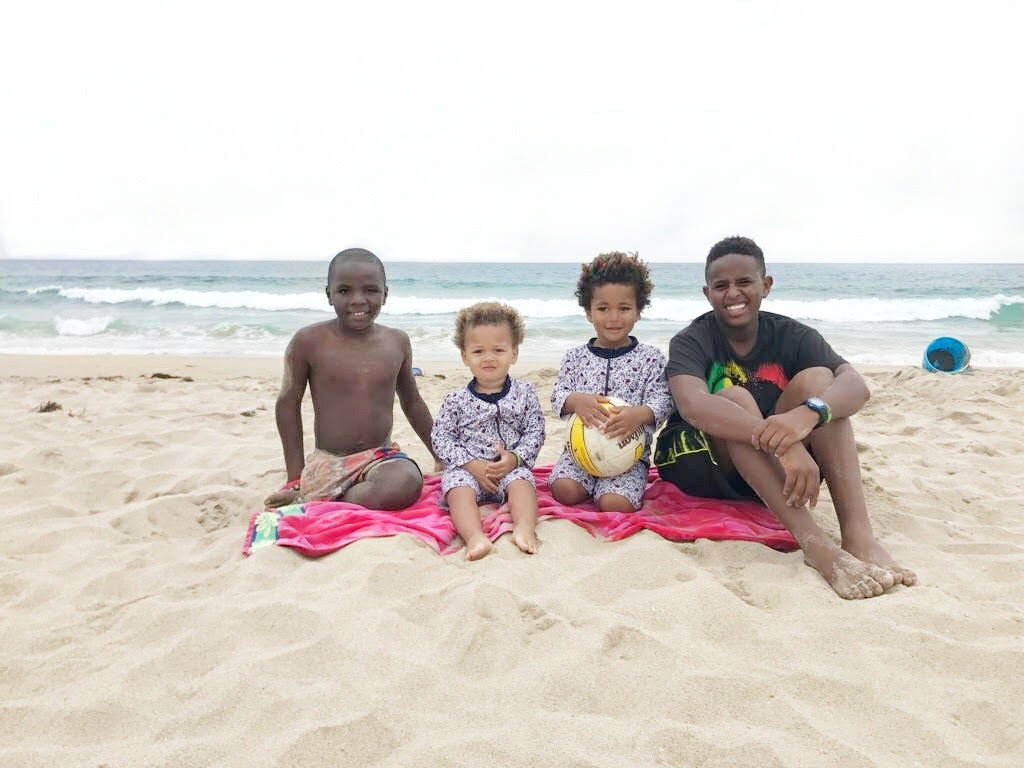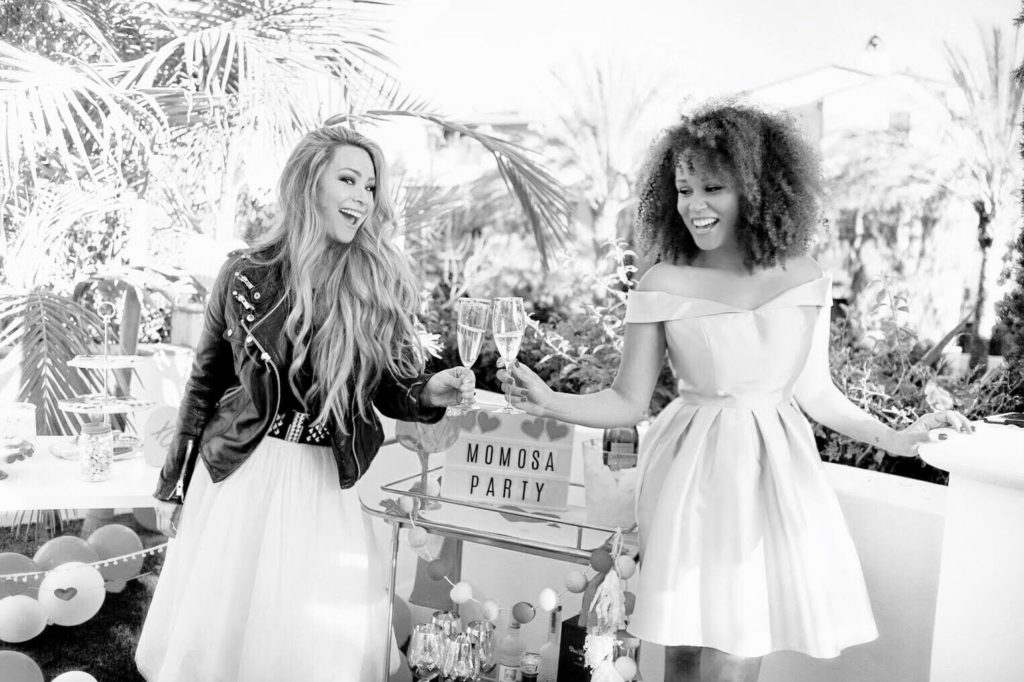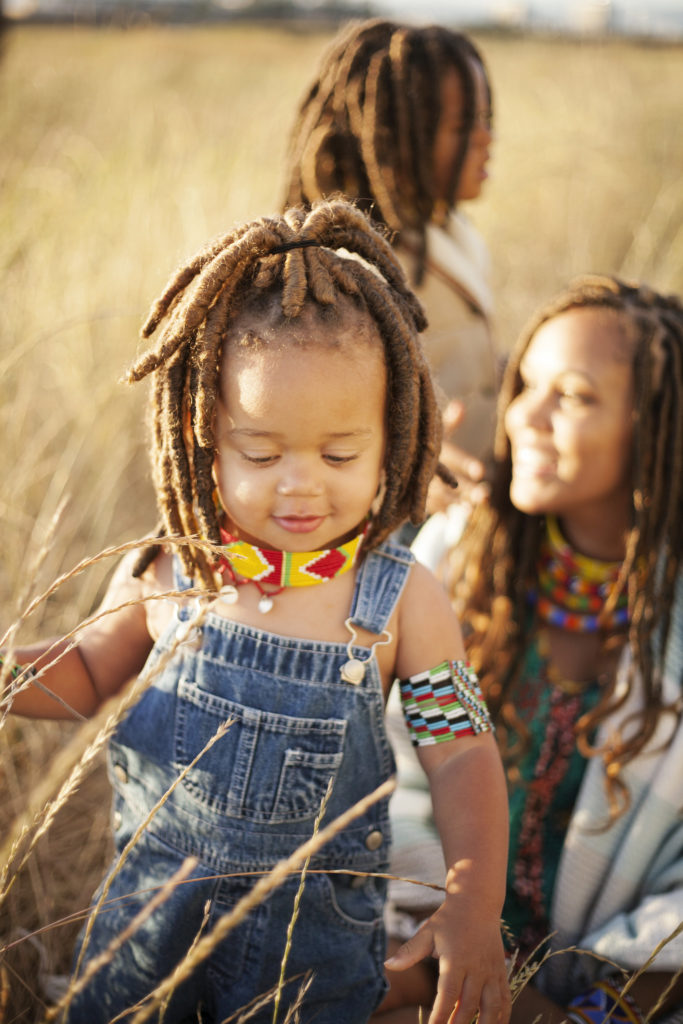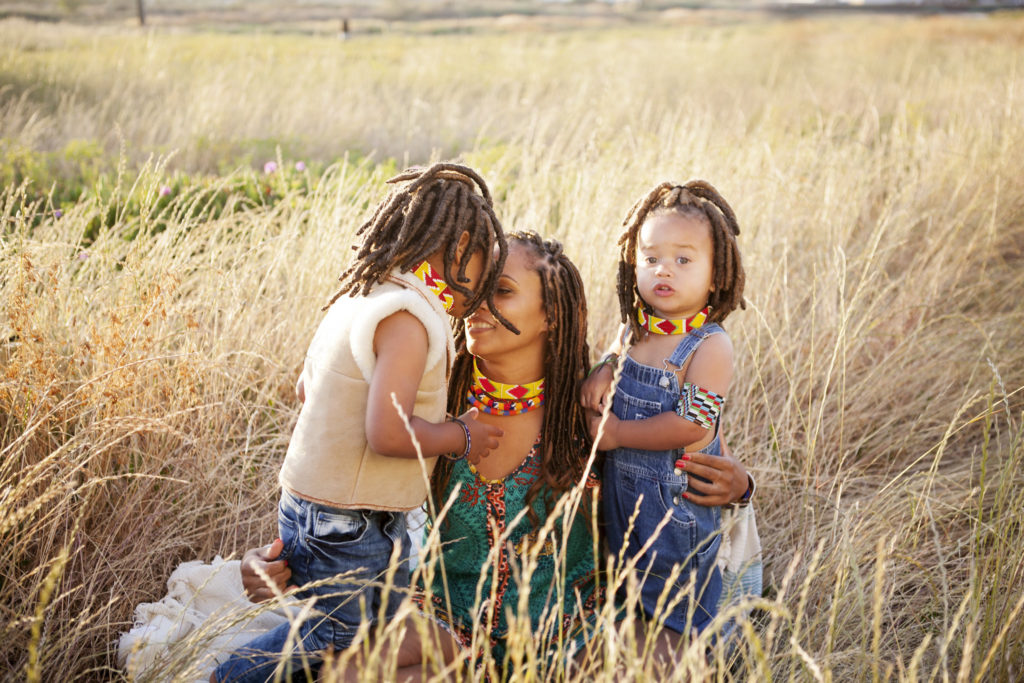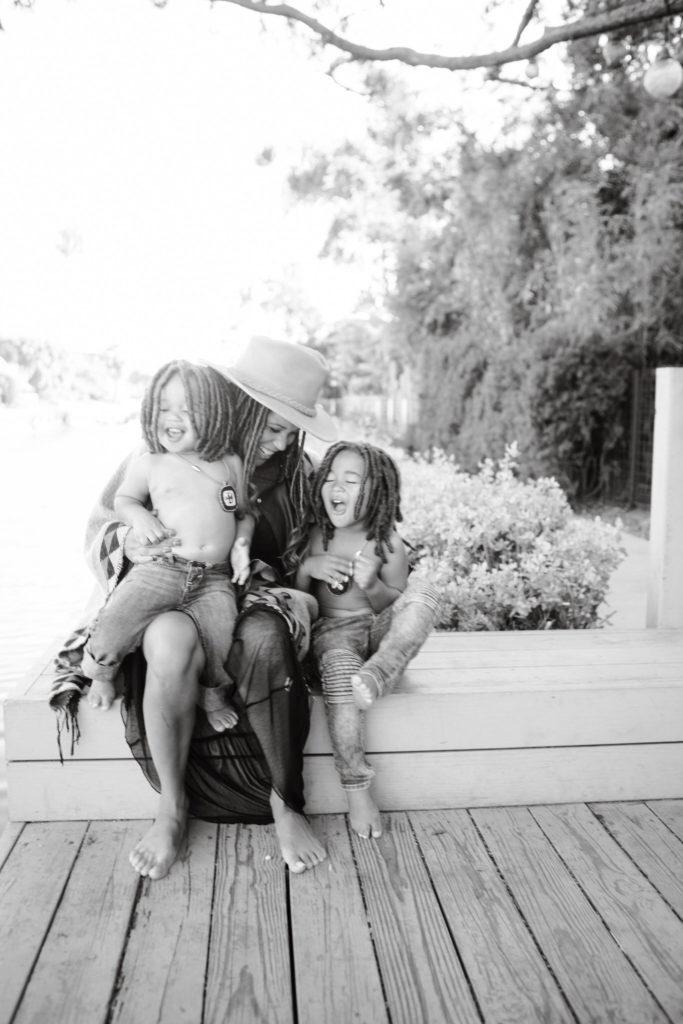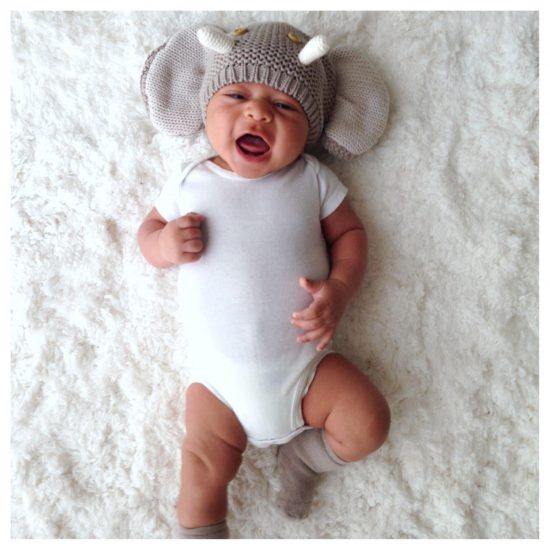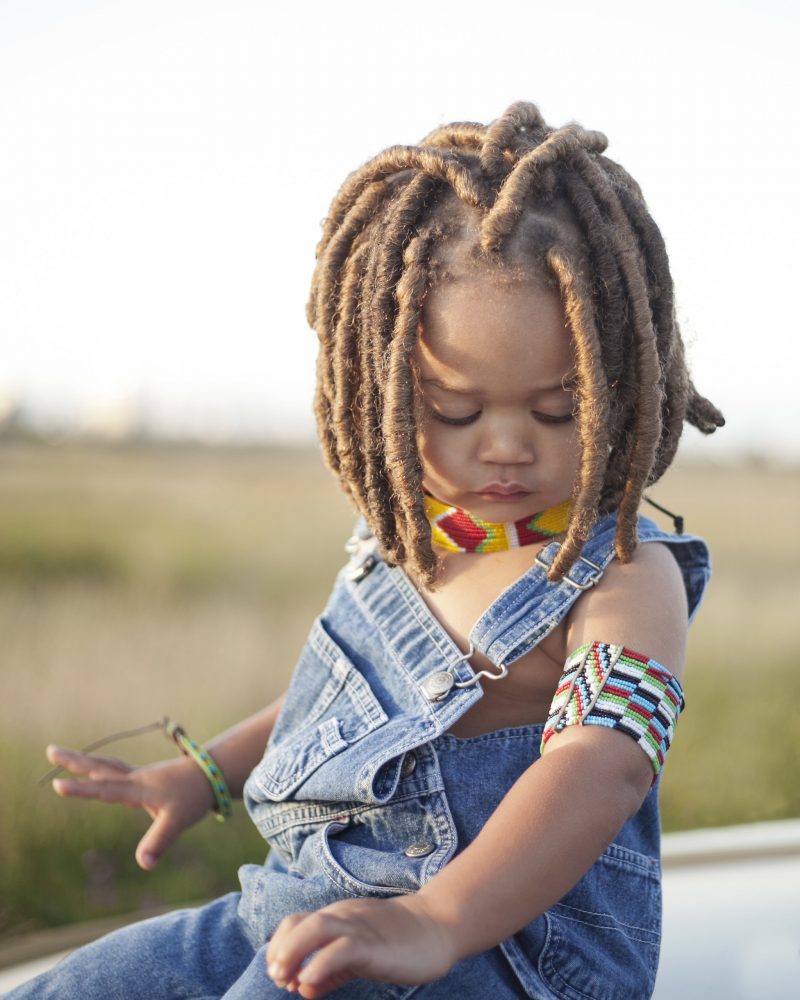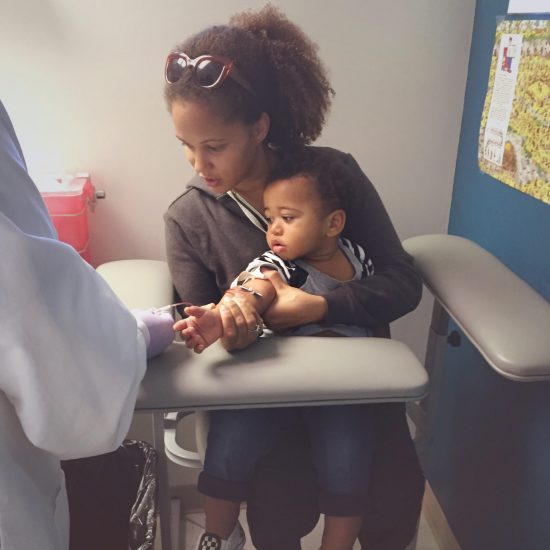Wouldn’t it be great to pick up and move to a new location every time life becomes a little dull and you get bored with your surroundings? Imagine it: with the snap of your fingers, you’re transported to Maui with panoramic views of both ocean and mountains all around. Craving new scenery still? With one wave of a magic wand, you’re in Aspen, cruising down the powdery snow-covered slopes and lovin’ it! Sounds lovely, right? Well without the help of an enchanted genie, most of us can’t jet off to foreign and exotic lands each time monotony hits. Luckily enough, there are ways to transform spaces, rooms and homes that will surely satisfy your itch for novelty!
When I mention altering a space to a client, I can often see the hesitation in their eyes. I know the question that will follow:
“How expensive is it going to be?”
I’m the interior designer who wants to make your decor dreams come true without breaking the bank, and it may come as a surprise to many that you don’t need to make colossal changes in order to convert your space! Let’s talk about a few things anyone can do to achieve a new look.
The Accessory Advantage
Design can be costly, but it doesn’t have to be. Sometimes starting with the smaller pieces in a room can make a large difference and give you a little added pizzaz. Most tend to think of throw cushions and pillows as the first thing to change. While that can certainly help, I switch throw cushions more for seasonal purposes and thematic or holiday occasions than anything else. What I recommend is visiting a store you consider budget friendly, maybe a Home Goods or Tuesday Morning, and finding a few things you love. You won’t spend a ton, and you can introduce something fresh to a room you were previously bored with.
Don’t Forget the Floor
Rugs are a great way to give a space character and warmth. I’ve talked about my love for white shag rugs before, and this is a great time to demonstrate how they (or any rug you have) come in handy when you’re switching up a space. When conceptualizing what a room will be, clients often forget to think about the things they can do to the floors to accent the overall design. If you’re looking to modify your room, consider adding a nice rug to an area that was bare before. Not only will the added texture give a new look, but it will feel nice to your feet as well! You can decide how different you’d like to go and how much of an accent you desire with the color you select.
Rearrange and Reform!


This is my all-time favorite way to change a space. Oddly enough, people don’t think to do it! Most of us have houses full of stuff, so much that we often wonder where it all came from. My creative brain looks at the stuff and sees your home in a beautiful snow globe with every piece perfectly situated. Beautiful, right? Now it’s time to shake that globe and jumble everything to see what we get!
The idea of it can be frightening for people who have worked hard on getting things just right. I get it. But change is refreshing and invigorating, and I’m going to show you how. That chair that sits in the corner of your bedroom catching all the clothes you don’t wear? Take it downstairs to the living room and give it new life. I’ve taken an old bench in my closet and placed it at the foot of my bed for a new vibe. Look around. Remove a side table and see how it looks as a nightstand. Sick of your living room? Sometimes the act of simply rearranging the couches or switching your lamps into other rooms can make all the difference in the world.
It may not work on the first try every time, but do it anyway.


Changing the look of your space is possible without completely overhauling everything and going into debt. The newness of it all is like taking a different walk home for your mind and spirit. So have fun with your home, and be adventurous. You might find you don’t need that genie after all.


